A slate pool table is made from a polished rock mixed with other materials, offering superior playability with a consistent and flat surface. In professional settings, slate tables are favored for their accurate ball movement.
On the other hand, non-slate pool tables are made from particleboard or alternative materials. These tables do not provide the same level of playability as slate tables. The main differences between slate and wood billiard tables lie in terms of playability and durability.
Slate tables offer a flat and consistent surface, ensuring precise ball movement, while wood tables may be less consistent. Understanding the difference between slate and non-slate pool tables is essential when choosing the right table for your needs.
Slate Vs. Mdf Pool Tables
A high-end choice for pool tables, slate is a rock-like material crafted into smooth, flat surfaces, ensuring optimal ball movement. This material, known for its durability and consistency, offers superior playability compared to MDF pool tables.
Weight Difference
A major difference between slate and MDF pool tables is the weight. Slate pool tables are much heavier compared to MDF tables. Slate is a natural rock that is cut into slabs and used as the playing surface for pool tables. The weight of the slate adds stability and ensures a level playing surface.
In contrast, MDF pool tables are made from a type of engineered wood called medium-density fiberboard. MDF is lighter than slate, making MDF pool tables easier to move around and transport. However, the lighter weight of MDF tables can lead to less stability, affecting the overall playing experience.
Differences In Cloth Type
Another significant difference between slate and MDF pool tables is the type of cloth used on the playing surface. Slate pool tables typically have high-quality woolen cloth, which provides a smooth and consistent playing surface. This type of cloth is commonly used in professional billiards tournaments.
MDF pool tables, on the other hand, often feature lower quality cloth, such as synthetic blends. While this cloth may still provide a decent playing experience for recreational players, it may not offer the same level of precision and control as the cloth on a slate table.
Cushion Response
The cushion response is an important factor to consider when comparing slate and MDF pool tables. Cushions, also known as bumpers or rails, are the rubberized borders surrounding the table’s playing surface that the balls bounce off of.
Slate pool tables are known for their excellent cushion response. The solid and dense nature of the slate playing surface allows for consistent and accurate ball rebounds. This is especially important for advanced players who rely on precise angles and rebounds for their shots.
On the other hand, MDF pool tables may have cushions that provide less responsiveness. The lighter weight and less rigid construction of MDF can impact the rebound of the balls, resulting in less control and accuracy during gameplay.
Differences In The Pockets
The design and construction of the pockets also differ between slate and MDF pool tables. Slate tables often feature drop pockets, which are recessed holes that collect the pocketed balls. These drop pockets give the table a more traditional and professional look.
MDF tables, on the other hand, commonly have ball return systems. Instead of drop pockets, the ball return system sends the pocketed balls to a designated area at the side or end of the table. This feature can be convenient for casual players, as they don’t have to manually collect the balls after each game.
Comparing Accessories
In terms of accessories, both slate and MDF pool tables require similar items, such as cues, balls, and a triangle for racking the balls. However, there can be differences in the overall quality and durability of the accessories, depending on the table.
Slate pool tables are often associated with higher-quality accessories, as they are favored in professional settings. The cues may be made of premium materials, providing better control and feel. Similarly, the balls used on slate tables may be of tournament-grade, ensuring consistent performance.
On the other hand, MDF pool tables may come with more budget-friendly accessories. While they may still offer a satisfactory gameplay experience, the cues and balls may not be of the same caliber as those associated with slate tables.
Sectional Pool Table Slates
A slate pool table refers to a high-quality table top made of rock-like material that has been split into wide, flat pieces. Slate tables offer superior playability due to their consistent, flat surface, ensuring accurate ball movement. They are favored in professional settings for their durability and performance.
What Are Sectional Pool Table Slates?
Slate pool tables are often made with sectional slates, which are individual pieces of slate that come together to form the playing surface. These slates are carefully installed to ensure a level and consistent playing area.
Benefits Of Sectional Slates
- Consistent Playing Surface: Sectional slates provide a uniform and stable surface for accurate ball movement.
- Easy to Transport: Being in sections, these slates are easier to handle and transport compared to one-piece slates.
- Adjustability: Sectional slates allow for adjustments during installation to ensure a perfectly level playing field.
Slate Thickness
Most sectional slate pool tables come with slates that are around 1 inch to 1.5 inches thick, providing the necessary durability for extended gameplay.
Ease Of Installation
The sectional design of the slates simplifies the installation process, making it more manageable for professionals and DIY enthusiasts alike.
Disadvantages Of Sectional Slates
- Seam Visibility: The seams where the individual slates meet may be slightly visible, affecting the aesthetics of the table.
- Potential for Unevenness: If not installed properly, sectional slates may lead to slight unevenness in the playing surface.
Playability And Durability
A slate pool table is the pinnacle of playability and durability, offering a consistent, flat surface that ensures precise ball movement, making it a preferred choice in professional settings. Slate, composed of clay, quartz, and sand, provides a dense, rock-like surface, delivering superior performance and longevity.
Comparison Between Slate And Wood Billiard Tables
Difference Between Slate And Non-slate Pool Tables
When it comes to the playability and durability of a pool table, the material used for the playing surface plays a crucial role. One such material that is highly regarded for its superior performance is slate. A slate pool table offers unmatched playability due to its consistent, flat surface that ensures accurate ball movement. It is no wonder that slate tables are favored in professional settings.
Unlike non-slate pool tables, which are typically made from particle board or other materials that are not slate, slate pool tables provide unparalleled durability. The smooth playing surface, combined with the sturdy slate construction, ensures that a slate pool table can withstand the test of time and frequent use.
Let’s take a closer look at the differences between slate and non-slate pool tables.
Comparison Between Slate And Wood Billiard Tables
When comparing slate and wood billiard tables, the main difference lies in the playing surface. Slate billiard tables, as the name suggests, have a playing surface made of slate. On the other hand, wood billiard tables have a playing surface made of wood.
Slate billiard tables offer superior playability due to their consistent and flat surface. The slate provides a smooth and level playing field, allowing the balls to roll precisely and accurately. In contrast, wood billiard tables may have imperfections on their playing surface, leading to inconsistencies in ball movement.
In terms of durability, slate billiard tables have the upper hand. Slate is a highly durable material that can withstand heavy use and maintain its integrity over time. Wood billiard tables, while still sturdy, may be more prone to wear and tear compared to their slate counterparts.
Difference Between Slate And Non-slate Pool Tables
The difference between slate and non-slate pool tables primarily lies in the material used for the playing surface. Slate pool tables have a playing surface made of polished rock mixed with other materials. This mixture creates a smooth and flat surface that ensures optimal playability.
On the other hand, non-slate pool tables are typically made from particleboard or other materials that are not slate. While non-slate tables may be more affordable, they may lack the level playing surface and consistency that slate tables offer.
When it comes to durability, slate pool tables outshine their non-slate counterparts. Slate is a robust and long-lasting material that can withstand the rigors of regular use. Non-slate tables, while still durable, may be more susceptible to warping and damage over time.
In conclusion, slate pool tables provide unmatched playability and durability compared to wood billiard tables and non-slate pool tables. The consistent and flat surface of a slate table ensures accurate ball movement, while the sturdy slate construction guarantees years of enjoyment. Whether you’re a professional player or an enthusiast, a slate pool table is an investment that will enhance your gaming experience and stand the test of time.
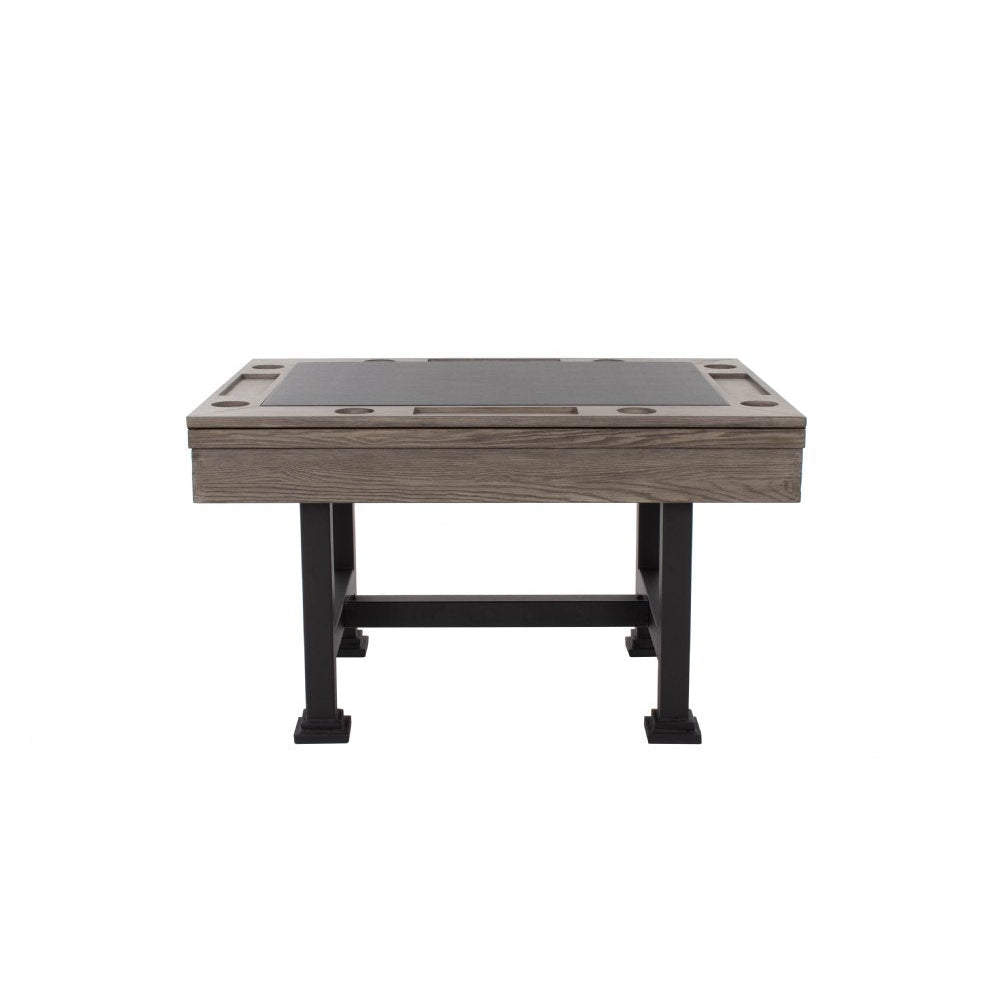
Credit: www.gameroomshop.com
Identifying Slate Pool Tables
A slate pool table is made from a polished rock mixed with other materials, typically composed of clay, quartz, and sand, offering a consistent, flat surface for accurate ball movement. This provides superior playability and durability, making it favored in professional settings.
What Does It Mean When A Pool Table Is Not Slate?
A non-slate pool table is crafted from particleboard or different materials other than slate.
How To Identify Single Slate Tables
Slates in a single-slate pool table can be recognized by seamless patterns and uniform color.
Materials Used In Making Slate Tables
- Slate: Forms the playing surface due to its flat and robust nature.
- Wood: Used for the framework to provide stability and aesthetics.
- Felt: Covers the slate to ensure smooth gameplay and protect the surface.
Identifying slate pool tables involves noting the key characteristics that distinguish them from non-slate alternatives. When a pool table lacks slate, it is likely made of particleboard or similar materials. To spot single-slate tables, look for seamless patterns and consistent coloration in the slate. The materials used in crafting slate tables typically include slate for the playing surface, wood for stability and structure, and felt for a smooth playing experience.
Choosing The Right Table Material
Choosing the right table material for your pool table is crucial to ensuring the best playing experience. A slate pool table is a popular choice due to its exceptional qualities. Understanding the qualities of slate for pool tables and comparing it with other materials will help you in making an informed decision.
Qualities Of Slate For Pool Tables
Slate is a natural rock known for its excellent properties as a playing surface for pool tables. The following qualities make slate an ideal material for pool tables:
- Flatness: Slate provides a perfectly flat surface, ensuring consistent ball movement and accurate gameplay.
- Sturdiness: It is a durable material that can withstand heavy use, making it suitable for both recreational and professional settings.
- Consistency: Slate maintains its shape and smoothness over time, offering long-term playing satisfaction.
- Resilience: It is resistant to warping, ensuring the integrity of the playing surface.
Comparison Of Slate With Other Materials
When comparing slate with other materials such as MDF (Medium-Density Fiberboard) or wood, the advantages of slate become evident:
| Criteria | Slate | MDF/Wood |
|---|---|---|
| Flatness | Consistently flat surface | Prone to warping and unevenness |
| Durability | Highly durable and long-lasting | More susceptible to damage and wear |
| Stability | Maintains shape and smoothness | May lose flatness over time |
| Playability | Ensures consistent and precise gameplay | Less reliable ball movement |
Conclusion And Recommendations
If you want a high-quality pool table that provides a superior playing experience, a slate pool table is an excellent choice. Its advantages, considerations for purchasing, and overall performance make it a top choice for both casual players and professionals.
Advantages Of Slate Pool Tables
When considering a pool table, the advantages of slate are significant. The most notable benefits include:
- Consistent and flat playing surface
- Enhanced ball movement and precision
- Durability for long-term use
- Resistant to warping and wear
Considerations For Purchasing A Slate Pool Table
Before making a purchase decision, it’s essential to consider the following factors:
- Room size and space for the table
- Installation and transportation challenges due to its weight
- Cost compared to other materials such as MDF
- Professional setup and maintenance requirements
This HTML content snippet provides a brief but valuable section on the conclusion and recommendations for purchasing a slate pool table. It contains H3 headings that adhere to HTML syntax, organized bullet points, and short, concise sentences suitable for easy comprehension.
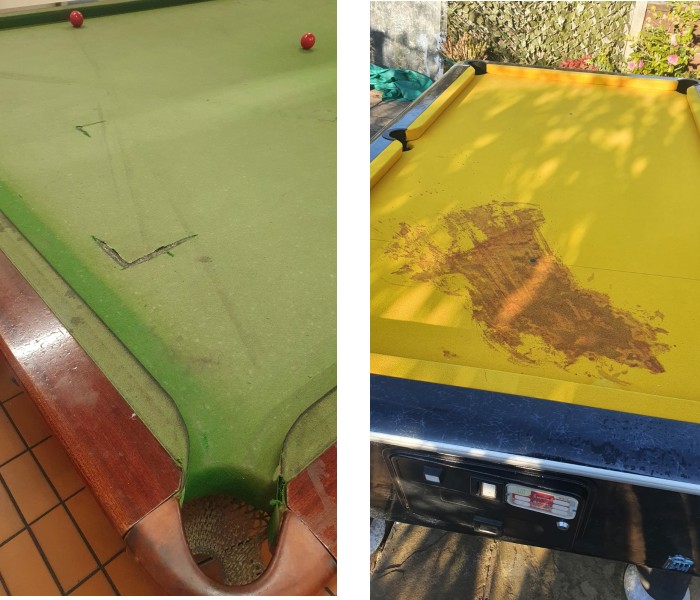
Credit: www.pooltabletalk.com
Frequently Asked Questions On What Is A Slate Pool Table
What Is The Difference Between A Slate Pool Table And A Regular Pool Table?
The main difference between a slate pool table and a regular one is the material used. A slate pool table is made of polished rock, offering a consistent playing surface, while a regular pool table is typically made of particleboard or other materials.
What Does It Mean When A Pool Table Is Not Slate?
A pool table not made of slate is typically constructed with particleboard or another material instead. Slate tables offer superior playability due to their consistent, flat surface, favored in professional settings for accurate ball movement.
How Do I Know If My Pool Table Is Single Slate?
To check if your pool table is single slate, look underneath the table for a smooth, solid surface without any seams.
Are Pool Tables Still Made Of Slate?
Yes, pool tables are still made of slate. Slate is the preferred material for pool tables due to its flat and smooth surface, which ensures accurate ball movement. Slate provides superior playability and durability, making it favored in professional settings.
What Is A Slate Pool Table Made Of?
A slate pool table is made of high-quality rock-like material split into flat pieces composed of clay, quartz, and sand.
Why Are Slate Pool Tables Preferred?
Slate pool tables offer superior playability due to their consistent, flat surface, ensuring precise ball movement, favored in professional settings.
Conclusion
N conclusion, a slate pool table is a top-quality option for those who value superior playability and durability. Unlike non-slate pool tables made from particleboard or other materials, the slate surface ensures a consistent, flat playing surface for accurate ball movement.
This makes slate pool tables highly favored in professional settings. With their rock-like composition and perfectly flat surfaces, slate pool tables offer a premium playing experience that is unmatched by other materials. Whether you’re a professional player or a casual enthusiast, a slate pool table is an excellent investment for countless hours of fun and competitive gaming.



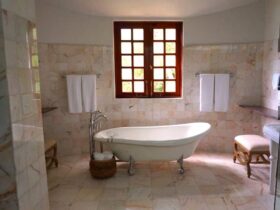


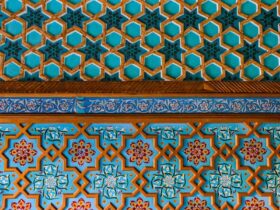
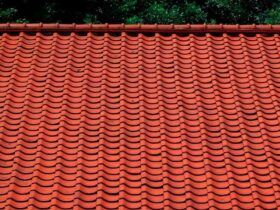

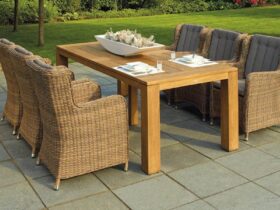
Leave a Reply